In this comment piece by Dr Matthias Irger – Head of Sustainability at COX Architecture – he argues for an approach to design that prioritises retrofitting, renovation and reuse.
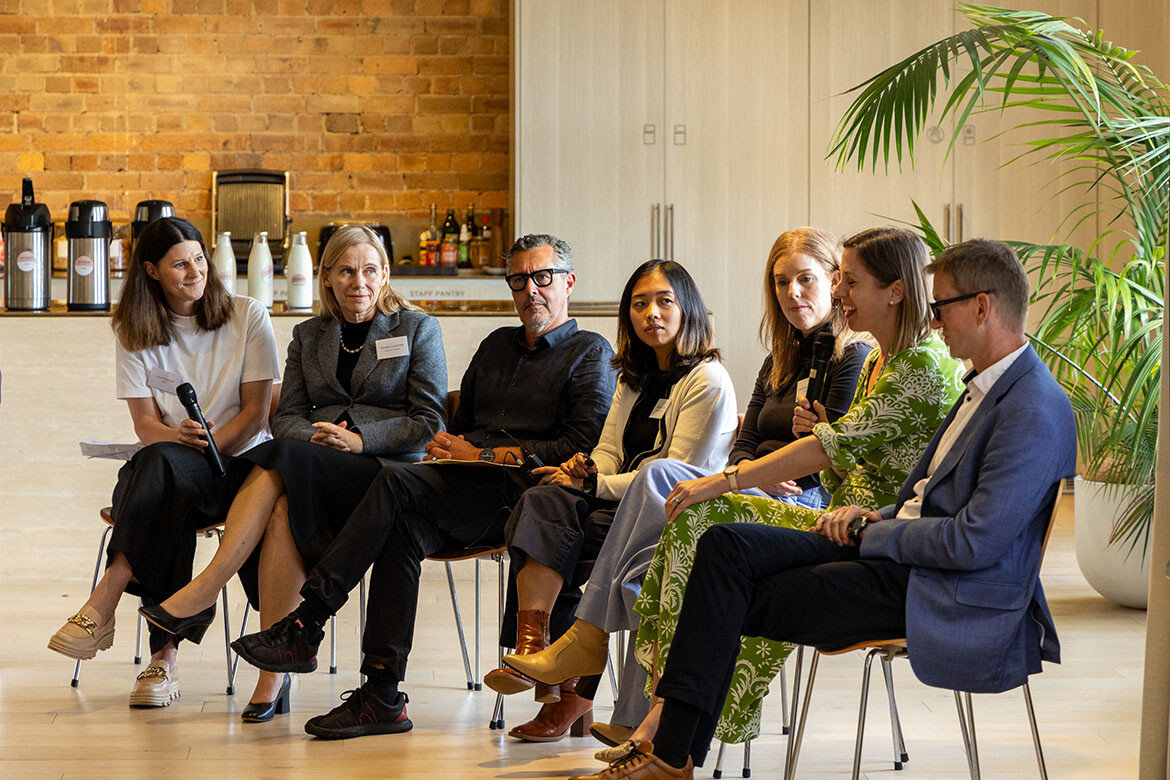
RENEW Symposium held at COX Sydney, a forum to discuss solutions to renewing rather than demolishing ageing apartment builds.
September 26th, 2025
In the race to net-zero, we can’t afford to keep looking away from the tasks that are messy or complicated. There’s no shortage of policies, initiatives and pledges, but if we’re serious about transitioning to a climate-resilient future, we need to confront the areas that have long languished in the ‘too hard basket’.
One of those is the upgrade of ageing apartment blocks. While individual homes and new builds grab headlines, the enormous emissions locked inside our existing multi-unit housing stock are often ignored. This work is complex and reliant on collective will – but essential.
The RENEW Symposium, led by the University of Sydney and hosted at COX’s Sydney studio, brought together some of the sharpest local and global minds working on this challenge – from architects and researchers through to policymakers and community leaders. It marked the culmination of a collaborative research project on sustainable multi-unit housing renovation, spotlighting both the barriers and the real, tangible solutions.
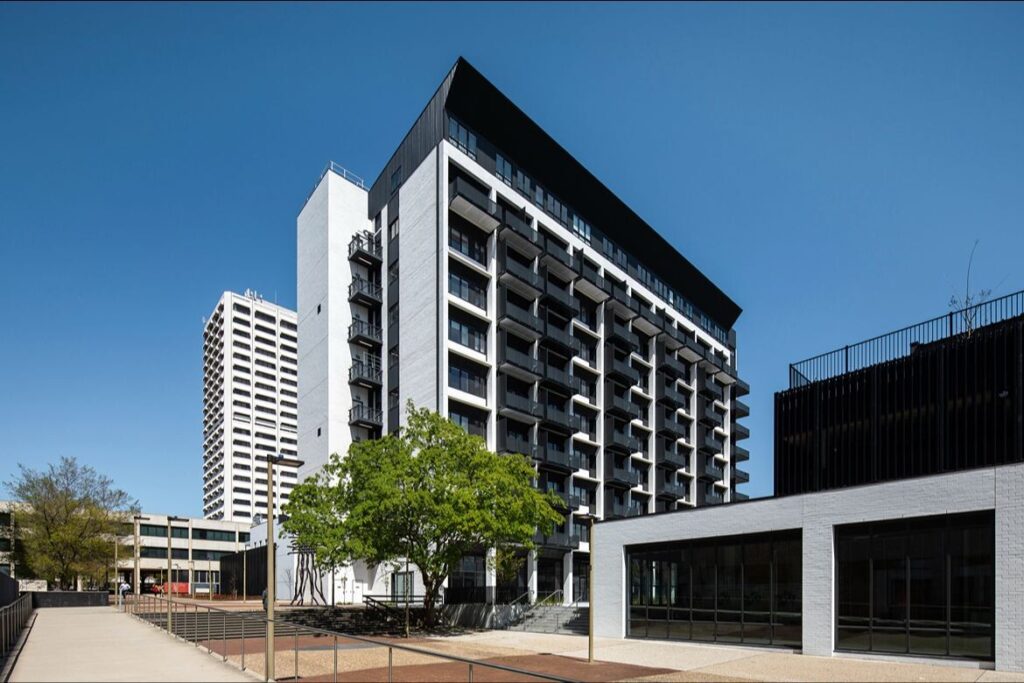
From demolition to renewal: a necessary mindset shift
Transforming our ageing apartment buildings into healthy, energy-efficient homes is complicated, but essential. Achieving this demands a fundamental mindset shift: one where demolition is no longer the default, but the last resort, and renovation becomes our starting point. Upgrading existing builds presents a natural opportunity to improve energy performance, safety and liveability.
Rather than tearing down, we must encourage architects and homeowners to prioritise renewal. This approach would not only cut emissions and construction waste but supports circular economy and housing resilience. The real challenge is how we frame renovation itself. It can no longer be seen as an optional extra – it must be understood as a cultural, economic and environmental necessity.
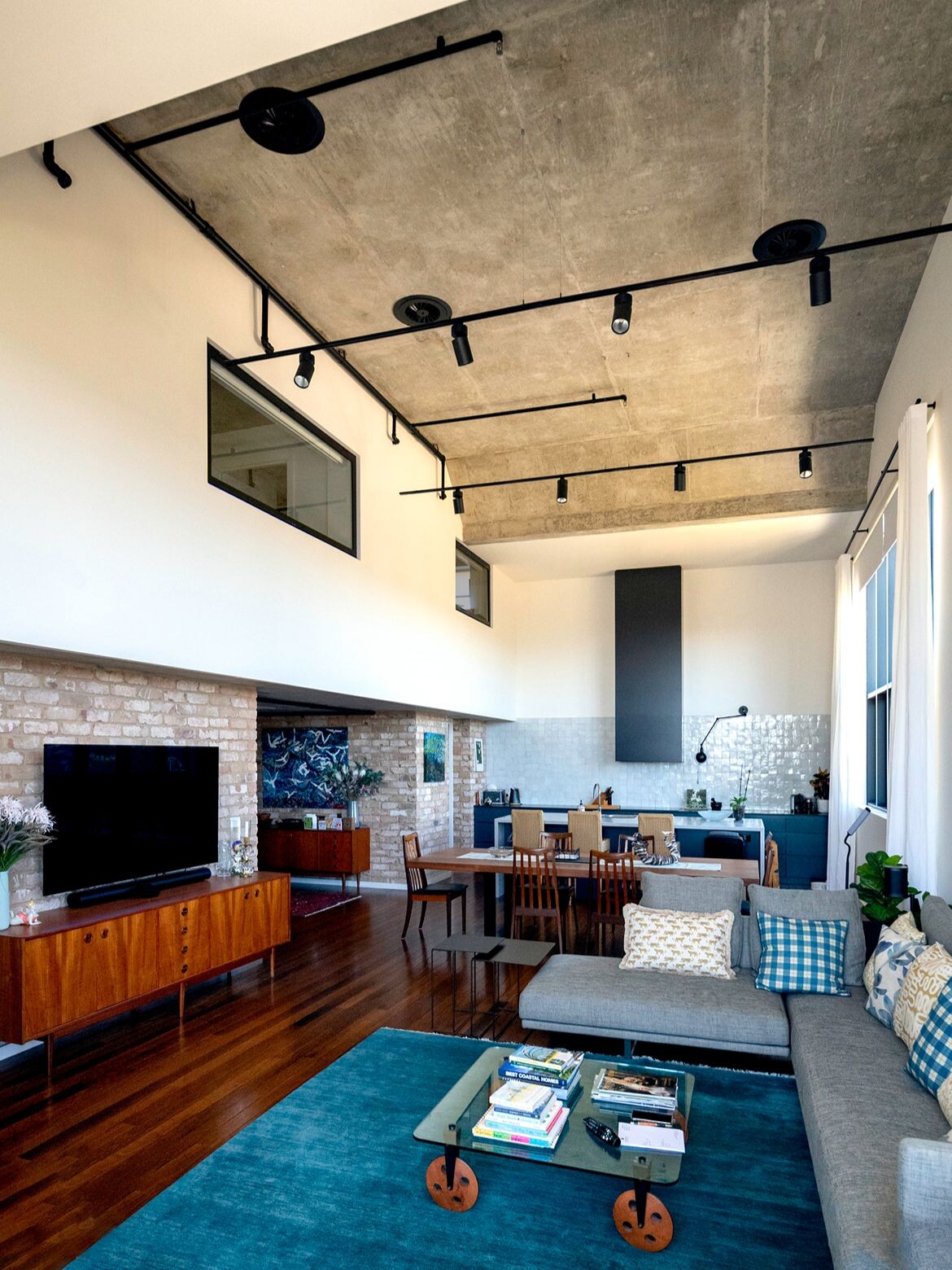
Multi-generational models can change the conversation
Multi-generational housing offers one way to reframe the story — shifting the conversation from cost and complexity to care and community. Residential spaces designed to support multiple generations under one roof promote resilience, affordability and stronger social connections.
This model provides an alternative to isolating or expensive housing types like retirement villages and nursing homes. It’s already the norm in many migrant communities. What we need now is a public narrative that positions it as a mainstream solution — one that can reduce per capita carbon emissions, ease housing pressures and reflect evolving ways of living.
If policymakers embraced this framework, it could shift the incentives. Co-living models and flexible housing types could help depoliticise sustainability – by focusing not only on emissions, but on outcomes people value, like connection and care.
Related: Nicole Larkin wins Marten Bequest
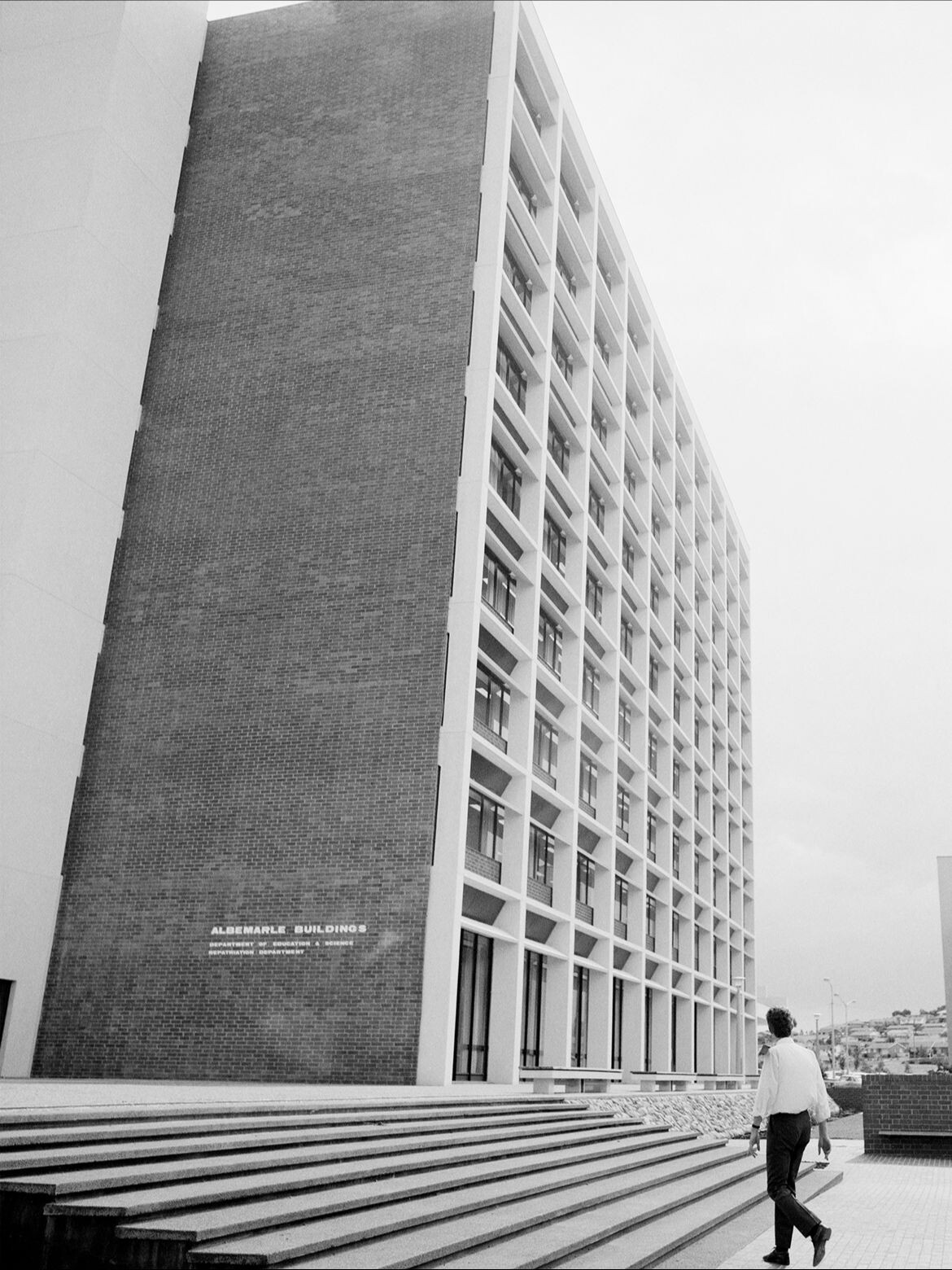
We know more about toasters than apartments
One of the starkest realities is that most Australians have more insight into the energy efficiency of a toaster than they do their apartment. In a housing market dominated by urgency, visibility matters.
To drive change, we must increase transparency. Mandatory disclosure of energy performance at the point of sale or lease would empower renters and buyers to make informed choices. Standardised home energy labels, visible in real estate listings and inspections, would create a competitive market that rewards performance.
Adapting the Commercial Building Disclosure Program for the residential sector – or expanding NatHERS to include whole-of-home assessments – could offer a national benchmark. But in a tight housing market, choice is limited and incentives are weak. That’s why regulation must go hand in hand with support.
The technical barriers are real, but so are the solutions
The reality is that renovating multi-unit buildings is not easy. The list of challenges is long: thermal bridging, fossil-fuel reliance, single glazing, asbestos, narrow cavities, heritage constraints and costly disruption. Skilled retrofit professionals are in short supply and payback periods can deter investment.
But momentum is building. Rebates, green finance and increasing awareness are starting to shift the dial. We could go further – for example, by introducing tax incentives for landlords who improve performance standards, or phasing in minimum energy requirements at lease points.
Treating renovations as essential infrastructure – with aligned incentives, regulation and training – would help turn the tide. The payoff is huge: climate-ready homes that are safer, healthier, and more affordable to run.
Adaptive reuse as our first instinct, not last resort
At COX, we begin every project by asking: what can be reused? Adaptive reuse allows us to avoid huge volumes of embodied carbon while preserving the stories embedded in the built environment.
Retrofitting is not just environmentally responsible; it’s commercially sound. When we transform rather than replace, we save time and money, reduce waste, and support the identity of place. We give architecture another life, and in doing so, deliver better long-term outcomes for clients and communities alike.
To learn more about the RENEW project, which is funded by the Australian Research Council and led by the University of Sydney with partners UNSW, COX, GANSW, AJC, Lannock Strata Finance and Maxbuild, please visit the website here.
COX Architecture
coxarchitecture.com.au
The RENEW project is funded by the Australian Research Council (LP200100053) and led by the University of Sydney with partners UNSW, COX, GANSW, AJC, Lannock Strata Finance and MaxBuild. It provides knowledge and tools to assist architects, owners and other stakeholders in renewing their buildings to better meet changing economic, social and environmental needs, delivering the RENEW Co-Design Guide for Transforming Ageing Apartment Buildings.
INDESIGN is on instagram
Follow @indesignlive
A searchable and comprehensive guide for specifying leading products and their suppliers
Keep up to date with the latest and greatest from our industry BFF's!

Welcomed to the Australian design scene in 2024, Kokuyo is set to redefine collaboration, bringing its unique blend of colour and function to individuals and corporations, designed to be used Any Way!

From the spark of an idea on the page to the launch of new pieces in a showroom is a journey every aspiring industrial and furnishing designer imagines making.
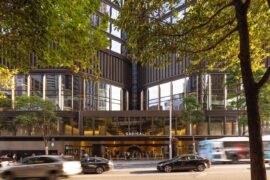
Rising above the new Sydney Metro Gadigal Station on Pitt Street, Investa’s Parkline Place is redefining the office property aesthetic.

London-based design duo Raw Edges have joined forces with Established & Sons and Tongue & Groove to introduce Wall to Wall – a hand-stained, “living collection” that transforms parquet flooring into a canvas of colour, pattern, and possibility.
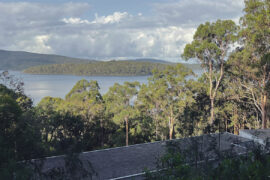
With projects shortlisted for Habitus House of the Year 2025, Anthony Gill and Jason Gibney join the podcast to discuss the state of housing in Australia today.

Making a splash on the hair spa scene, the latest project from X + O makes a little slice of Japan right at home in suburban Melbourne.
The internet never sleeps! Here's the stuff you might have missed

A stunning indoor space reveals artistry in every aspect, from outlook to underfoot.

Architect, designer and craftsman Adam Markowitz bridges the worlds of architecture and fine furniture, blending precision, generosity and advocacy to strengthen Australia’s craft and design community.